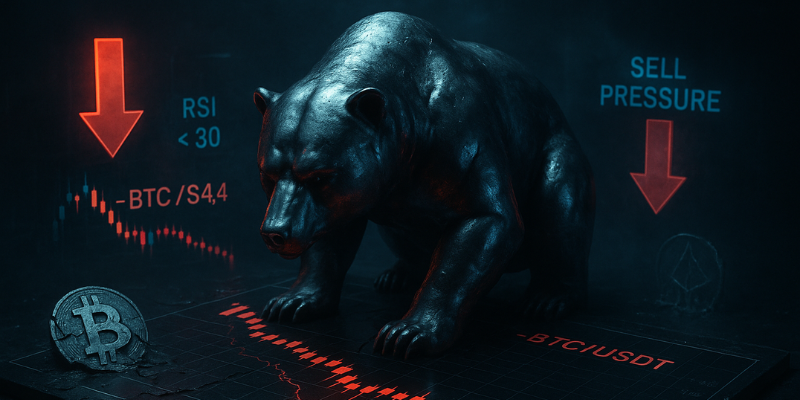Crypto markets are famous for their volatility, swinging dramatically from highs to lows. To navigate these swings, traders need to understand bull and bear markets – two fundamental market conditions that influence strategy, risk management, and trading decisions.
A bull market occurs when prices rise steadily and optimism dominates. A bear market happens when prices fall and pessimism prevails. Recognizing these trends helps crypto traders adjust strategies, manage risk, and capitalize on opportunities.
What Is a Bull Market?
A bull market is characterized by rising prices, strong investor confidence, and optimism about the future.
Key Features of a Bull Market:
- Sustained upward trend in asset prices
- High trading volumes and positive sentiment
- Increased investor participation
- Optimism about adoption, technology, or regulation
Example in Crypto:
- Bitcoin rising from $30,000 to $60,000 over several months
- Altcoins following BTC’s momentum with strong gains
Trader’s Mindset in a Bull Market:
- Buy-and-hold strategies often perform well
- Momentum and trend-following strategies are favored
- FOMO (Fear of Missing Out) may drive aggressive buying

What Is a Bear Market?
A bear market occurs when prices fall consistently, confidence drops, and pessimism dominates.
Key Features of a Bear Market:
- Prolonged downward price trend
- Reduced trading volume and negative sentiment
- Market uncertainty or fear due to regulation, hacks, or macro events
Example in Crypto:
- Bitcoin dropping from $60,000 to $30,000 within months
- Many altcoins are losing value faster than BTC
Trader’s Mindset in a Bear Market:
- Risk management and capital preservation are priorities
- Short selling or hedging strategies may be used
- Avoiding panic-selling is crucial for long-term investors

How Bull and Bear Markets Affect Crypto Trading

Understanding the market phase helps traders align their strategies with prevailing conditions, reducing risk and maximizing potential returns.
Tips for Crypto Traders
- Identify Market Sentiment Early
- Use technical indicators like moving averages, RSI, or MACD.
- Monitor news, social sentiment, and on-chain metrics.
- Adjust Risk Exposure
- Reduce leverage during bear markets.
- Consider diversifying holdings across stablecoins and low-volatility assets.
- Use Automation to Stay Disciplined
- Bots like Junglebot can execute strategies without emotional bias, maintaining stop-loss and take-profit discipline regardless of market phase.
- Plan for Both Scenarios
- Have a strategy for upward trends and another for downtrends.
- Avoid emotional decision-making during sudden market reversals.
Final Thoughts
Bull and bear markets are natural parts of crypto trading cycles. Understanding these phases allows traders to make informed decisions, protect capital, and capitalize on opportunities. By combining market awareness with automated tools like Junglebot, traders can stay disciplined and strategic, whether the market is soaring or crashing.

